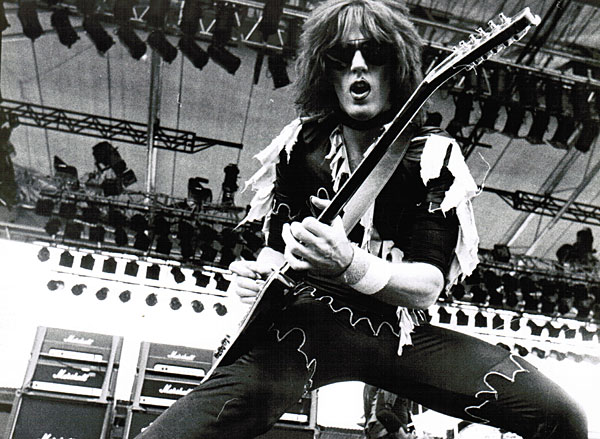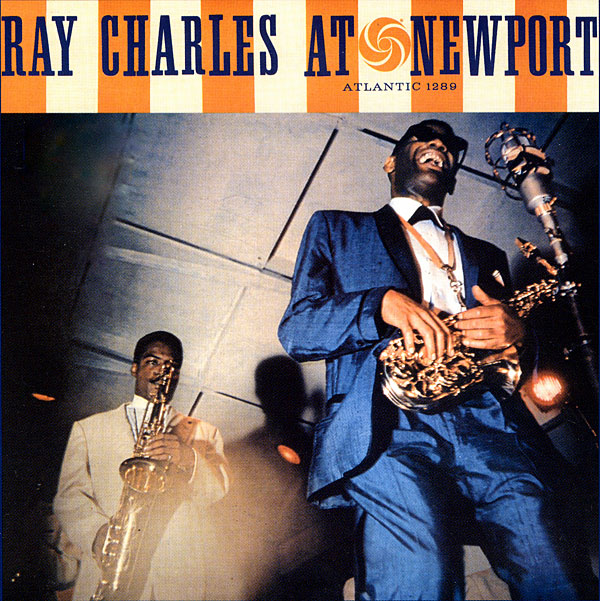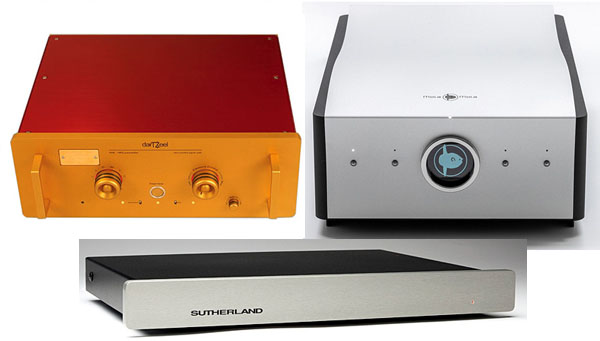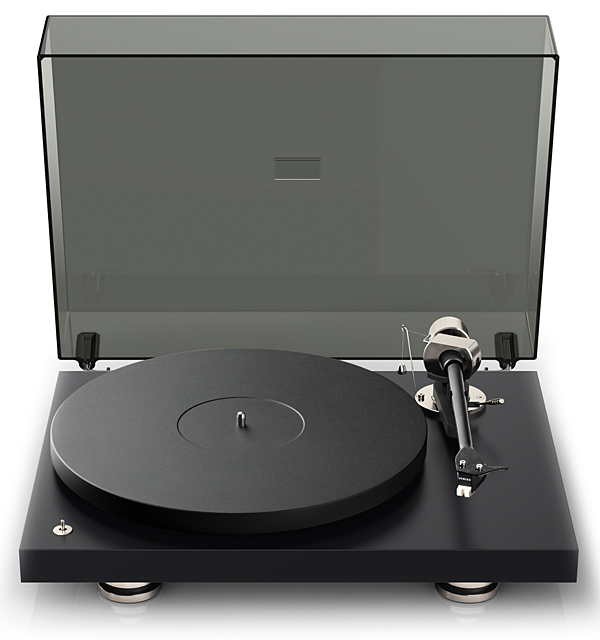LATEST ADDITIONS
Jay Jay French: Twisted Business: Lessons from My Life in Rock'n'Roll
French earned fame in the 1980s as the lead guitarist for transvestite metal band Twisted Sister, which produced some of the most recognizableand widely licensedrock music in history: "We're Not Gonna Take It." "I Wanna Rock."
Re-Tales #16: Prices and patience
Ray's Scream
Three New Year's FollowUps
iFi ZEN CAN headphone amplifier & ZEN DAC Signature V2 D/A processor
UK-based iFi Audio, which operates under the auspices of the Abbington Global Group, has released several compact products in its ZEN series: DACs, headphone amps, a Bluetooth receiver, and a network streamer.
Pro-Ject Debut PRO record player
Back in the day, I used to huff and puff, scream and shake, thanks to the heebie-jeebies I'd get when attempting to raise a turntable to ultimate performance. But with experience comes wisdom. My buddy and Sound & Vision contributor Michael Trei makes turntable setup look like child's play. I've learned by watching Mike that, when a turntable setup tries your patience, the thing to do is keep calm and carry on.










